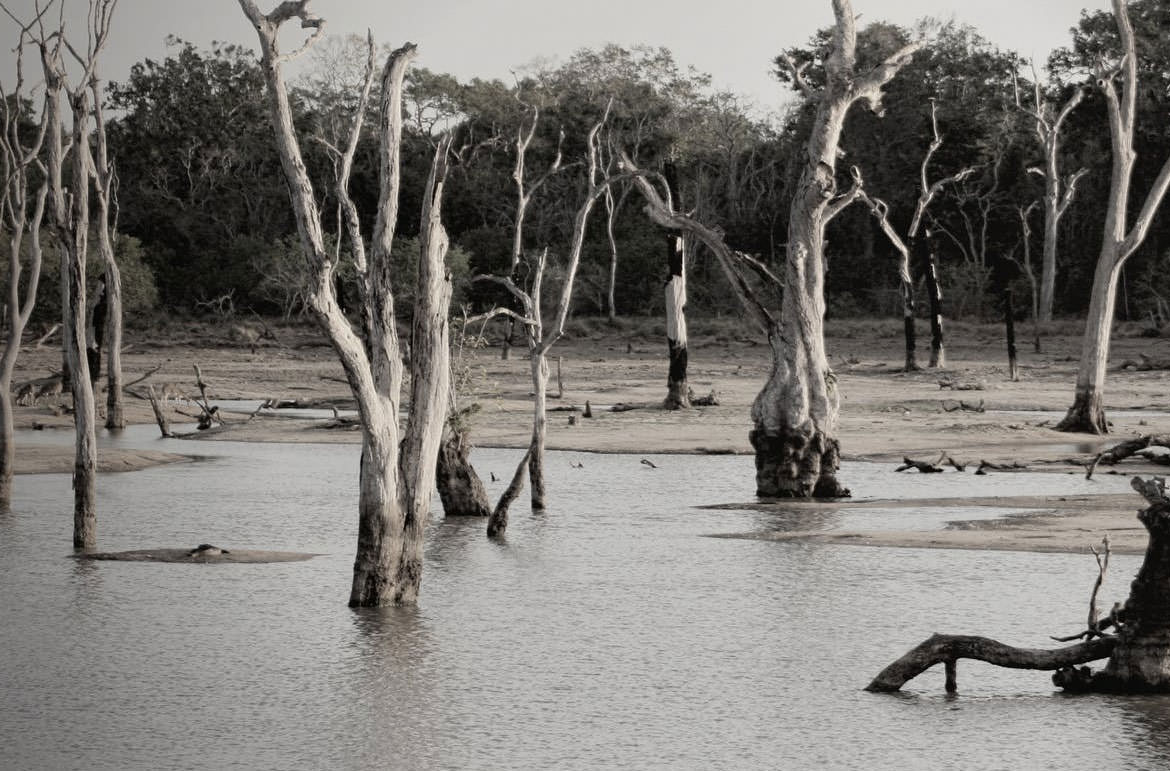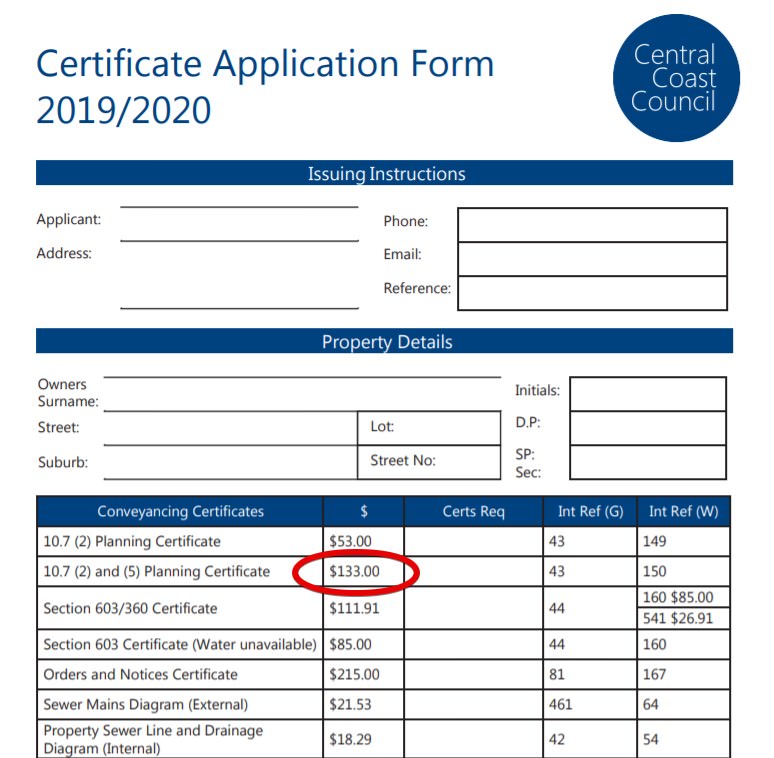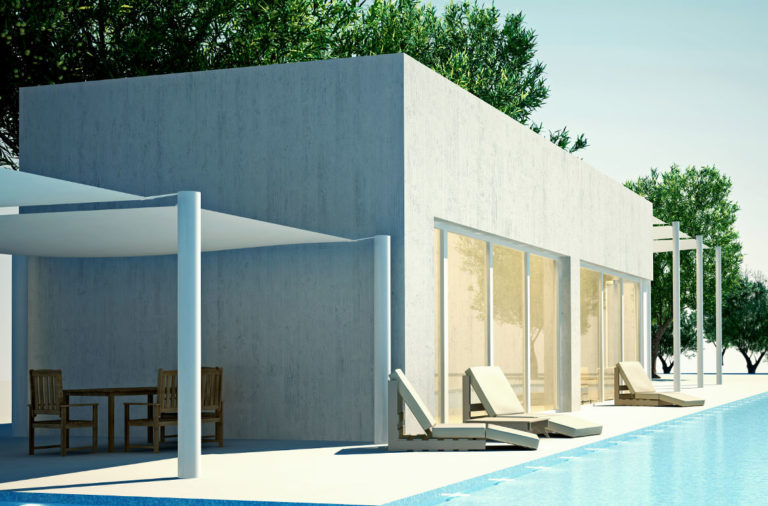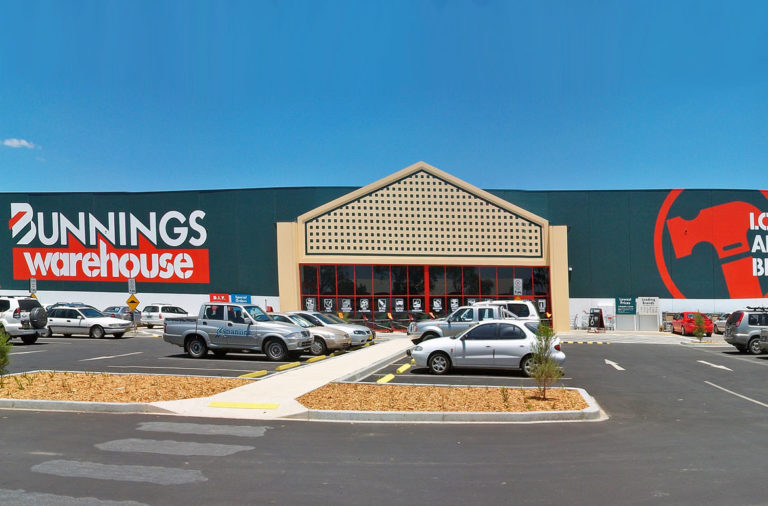
Today I address a commonly asked question, that turns many people off building a granny flat: Can you build your granny flat in a flood zone?
Yes you can. But there are various regulations that you must meet, including local planning and state legislation requirements.
In today’s article, I will list the certifications that are needed for building in a flood zone. And I will let you know the best materials to use when building a granny flat in a flood zone.
DON'T PAY A FORTUNE FOR YOUR GRANNY FLAT. Find out how to deal with council and build a granny flat for the lowest cost possible. Learn More.
Lastly, I will discuss the dangers of building in a flood zone, and how to best prepare yourself.
Costs Involved for Building in a Flood Zone
The cost of building in a flood zone varies, a lot. It all depends on whether your land is deemed “SEPP-compliant” or not.
There are a few ways to prove whether your property is SEPP-Compliant.

Prices for certificates from council
- Check Clause 7(A) of your Section 149 / 10.7 Planning Certificate
To get your Certificate from your local Council, it will cost you around $133 Which is what is cost me from my local council (Central Coast Council).
This clause lists how serious your case of flooding is. If it says;
- Low risk flooding
- Medium risk flooding
It’s okay, you will be approved by your local Council relatively quickly and easily.
However, if it states;
- High risk flooding
- Your land is affected by ‘Overland Flooding’ (that is, you are in an ‘Overland Flow Path’)
This is not what you want to see. However, this doesn’t mean you won’t qualify for SEPP-compliance – it just means it will take longer and cost more. You will need to apply for a Development Approval (DA) and Construction Certificate (CC) – more information on this later.
- Call your local Council and ask if you may speak to the ‘Flooding Engineer’
Ask the Flooding Engineer for some very important information – that is, for your properties “flood info“. You may be charged a fee for this, but it’s valuable information worth that’s worth every dollar. The cost for this ranges from $0 to $200+.
- Check your Council’s website, and search ‘flood maps’
These maps typically do not list just how badly the flooding has affected the area. Instead, they just show if the site has been flood affected. What they do show is if the whole site been affected, or only part thereof.
The area that has been affected is usually coloured blue.
The best source of information tends to come from making a Flood Info enquiry with the Flooding Engineer. You will receive both a written document and a map, which can be enough for an Architect or Engineer to evaluate.
*Please note – If your property is not in one of the categories mentioned above, there’ll be no need for a DA or CC.
Meaning, you’ll save yourself a substantial amount of time and money.
If you’ve established your land is SEPP-compliant, you’ll then need to undergo the works below:
- Have a licensed land surveyor perform an AHD (Australian Height Datum Survey)
These cost on average $1300+ for your standard Sydney residential block of land, including all research and reports.
This is required to;
- Check the property’s Natural Ground Level (NGL) against the Flood Info Report from the Council
- Determine what your Finished Floor Level (FFL) must be
That is, how high above the natural ground you need to build, to ensure you build above flood levels.
- Prepare your Architectural Plans for your Granny Flat
You can begin designing your granny flat as normal, with one exception. You must take into account that your Finished Floor Level (FFL) must be at the level set by the Council.
If you need, you can enlist the help of a professional architect to assist with drawings for roughly $2000 – $3000.
- Hire a Hydraulic Engineer
They will check your plans and issue you with a “SEPP Flood Certificate”. For the price of $980, this is a written declaration that your proposed development is:
- Compliant with SEPP Legislation
- Capable of withstanding flooding
Your engineer may also be able to assist with structural plans for another $3000+.
You have now solved any issues attached to being in a flood zone! This has cost you roughly $8613+ taken you roughly 6 weeks.
If you are on land that is not SEPP-Compliant, here is what you can do to have your development approved;
As mentioned, land that is not going to classify as being SEPP-compliant is land that is classified as:
- Low risk flooding
- Medium risk flooding
- High risk flooding
- Affected by ‘Overland Flooding’ (land in a ‘Flow Path’ or ‘Overland Flow Path’)
You will need to apply for a DA (Development Application) and CC (Construction Certificate) with your local Council.
Council fees for these are approximately $2400+
This means you will need to submit additional documentation when submitting your DA and CC application, including;
- Several Compliance and Environmental Statements, such as;
- Your Engineer’s Hydraulic Plan
- A Site Management Plan
- A Soil and Water Management Plan
- A Construction Management Plan
- Shadow Diagrams
- A Landscape Plan
- A Waste Management Plan
- A Construction Management Plan
- Materials and Finishes Statements, etc.
It is best to contact your local Council as to exactly what they require. All this extra work costs you around an additional $3800.
Please also know that there are no guarantees of being approved when presenting a DA. A good idea is to contact your Council first to ascertain your chance of gaining approval as you are in a flood zone.
For example, if your site is classified as a ‘High Risk Flooding’, your application can be refused if;
- The Finished Floor Level (FFL) will be too high.
- The impact on the neighbours will be too great.
Your architectural plans also must be much more detailed. A local draftsperson will be able to provide professional drawings the Council will accept, which may cost you closer to $5000.
Your Engineer’s Hydraulic Design and Certificate will also be more expensive, at roughly $1,200+.
It may help to enlist the assistance of your engineer for structural plans for roughly $3200+.
You must also be aware of the fact the time frame for this is a great deal longer. As such, your neighbours will be advised, and given the chance to object to your development. However, if approved, your total cost has been roughly $17,233+ and has taken approximately 8 – 12 weeks.
You have now solved any problems that are related to building on non-SEPP-compliant land!
However, please note – the charges do not stop here, for either a SEPP-compliant or non-SEPP-compliant build.
There may be additional construction costs.
If your Council set your Finished Floor Level (FFL) fairly high above your Natural Ground Level (NGL). You’re probably going to need to build on some tall foundations.
So, you may find the cost of your granny flat slab foundation increasing roughly the the amounts below:
- Up to 200mm above Natural Ground Level’s = $0
- 200mm – 400mm above Natural Ground Level’s = Roughly $3000+
- 400mm – 600mm above Natural Ground Level’s = Roughly $6000+
*Please note – If your property is affected by ‘Overland Flooding’, Council will probably require you to build on piers.
This will allow water to properly flow through the site.
For more information on building on piers, see my article “Does A Granny Flat Need to be Built on a Concrete Slab?”.
To see how effected you might be I have listed some of the most commonly known flood zones in Sydney below:
- Auburn (Lidcombe Central, near the M5 Motorway)
- Bankstown (Lower Panania, Lower East Hills and Lower Padstow, near M5 Motorway)
- Campbelltown (Lower Glenfield, close to the railway station)
- Fairfield (Lower Canley Vale, Lansvale and Carramar)
- Holroyd (South Granville and Merrylands)
- Wollongong (the Central Escarpment regions).
Certifications Required for Building in a Flood Zone
As mentioned, if you are in a flood zone that is not SEPP-compliant, you will need to apply for;
- A DA (Development Application)
- A CC (Construction Certificate)
These applications can be made at your local Council. The best way to find out more information on what you need to provide for approval is by approaching your local Council directly.
Best Materials to Build in a Flood Zone
When building a granny flat in a flood zone, it is important to pay attention to what building materials you use. Flooding has been acknowledged as the most destructive, costly natural disaster affecting Australia.
As such, there have now been Australian standards set for building in a flood zone. A draft standard by the Australian Building Codes Board (ABCB), was developed in 2012. This was embraced in the National Construction Code (NCC) by 2013.
It is called the “Construction of buildings in flood hazard areas” and can be seen here.
It includes important information such as:
- Floor height requirements
- Footing requirements
- Piers, posts, columns and piles
- Use of fill and slabs (i.e. slabs must be installed on fill or undisturbed soil of adequate bearing capacity)
- Electrical and mechanical (such as elevating electrical switches and gas storage systems)
However, what is missing is the best building materials to use, so I will elaborate on this.
It does mention that damage to a building from flooding is caused by a combination of;
- The depth and time spent in immersion
- The speed of the water
- The debris carried in the water.
During a flood a home receives a variety of pressures from different directions – lateral, vertical and elevating. This can leave the building with severe structural damage.
To build a home that is flood aware, there are building materials you should use and those you should avoid. Choosing durable materials and fasteners is vital to avoid major structural damage to your granny flat.
These include:
- Using double brick, concrete or steel frame for the external ground floor walls (these are durable, strong materials)
- Using non-absorbent insulation only
- Using steel sheeting as roofing
Other building materials that keep their integrity despite immersion are:
- Reinforced concrete
- Fibre cement sheet
- Face brick
- Galvanised steel
- Stone
- Aluminium
- Plastic
- Polystyrene
- Rubber
- Vinyl.
Materials that tend to be damaged from immersion and should be avoided include:
- Untreated timber
- Plywood
- Particleboard
- Wallpaper
- Mild steel
- Carpet
- Cork
- Linoleum.
Why Certain Councils Won’t Let You Build in a Flood Zone
If you live in a flood prone site, that is classified as ‘High-Risk Flooding’, the Council can refuse to let you build. This is as, based on their records, the Fixed Flood Level (FFL) – the height of a 1 in 100 year flood – will be too high.
So, it is for your safety, and ultimately that is what is most important.
Dangers for Building in a Flood Zone and How to Best Prepare
Building a granny flat in a flood zone is always risky business. Building in a ‘High-Risk’ or ‘Overland Flow-Path’ is even more of a risky proposition. It can also be an expensive property to deal with. But, that doesn’t mean it is not possible.
If you are planning on building in a flood zone, contact your local Council for specific guidelines and detailed advice. Also, ensure you are understanding all of the information presented to you in this article.
From thereon, make sure you use your perseverance and your hard work will pay off. Any development in a flood affected area, should be planned to avoid or minimise the potential for flood damage.
Consideration of:
- What a building is made of
- What can be done to protect a building’s contents from flooding. this will reduce the potential for damage from flooding.
There are preventative measures you can take when designing your granny flat, including:
- Adding water vents and flaps into the design of the granny flat, to allow water to enter. This is known as “wet flood proofing”, and can minimise pressure and structural damage caused by flooding.
- For high-risk flood zones, consider a two-storey building. This allows for the elevation of residential areas, providing shelter in a serious flood event.
- Analysing the elevation of the land as well as the shape and orientation of the dwelling.
Conclusion
Flooding is now recognised as the single most destructive natural disaster that affects Australia. Flood prone land is land that your local Council has deemed at risk of flooding.
It is important to be very aware of Clause 7(a) in your Section 149 / 10.7 Planning Certificate. This clause lists just how serious your flood zone is, and the regulations that you must meet as a result.
So, don’t be totally disheartened if your Planning Certificate says ‘yes’ under flooding. If the site is not too severe, such as a low risk or medium risk for flooding, your property may be classified as “SEPP-compliant”.
If you can prove your property is SEPP-compliant, you are basically guaranteed to succeed when requesting to build a granny flat. No one can object to the development, and it is a far cheaper and faster process.
A ‘high-risk’ or ‘overland flow-path’ property is a more risky proposition and can be an expensive property to deal with. A high-risk area, as opposed to a low-hazard and medium-hazard area, is an area at high risk of flooding.
An overland flow path is the path through which water will pass on its way to other land. Affected properties need to make sure the flow of water is allowed to pass through their site uninterrupted.
You need to follow a DA and CC approval path when your property is one of these categories that is severely affected by flooding. A DA (Development Approval) and CC (Construction Certificate) is submitted through your local Council.
This costs more than a SEPP Approval and there is no guarantee it is going to be approved. Your neighbours can also object to the development whilst you submit your documentation to the Council and wait for their decision.
Finally, your property may be deemed as too unsafe as the Fixed Flood Level (FFL) will be too high. Or your development may be seen as having too much of an impact on your neighbours. But if, approved for building in a flood zone, measures need to be taken to ensure the building has durability.
As when a flood occurs your granny flat will receive a lot of hydro-static pressure from various angles. This can leave the building with severe structural damage.
When building a dwelling in a flood zone, there are certain materials to use that are better than others, including:
- Double brick
- Reinforced concrete
- Galvanised steel
- Non-absorbent insulation only
- Steel sheeting as roofing
- Fibre cement sheet
- Stone
- Aluminium
- Plastic
- Polystyrene
- Rubber
- Vinyl.
You should also contact your local Council for their specific guidelines and detailed advice. Building a granny flat in a flood zone is risky, and your safety is of utmost priority.
As such, ensure you:
- Adhere to the regulations of your local Council
- Acknowledge the Australian standards set in the “Construction of buildings in flood hazard areas”
- Make your granny flat with the strongest, most durable materials possible
- Enlist the assistance of an architect or draftsperson to help with your drawings
Now, with this information organised in one place you have a perfectly safe granny flat built in a flood zone.












